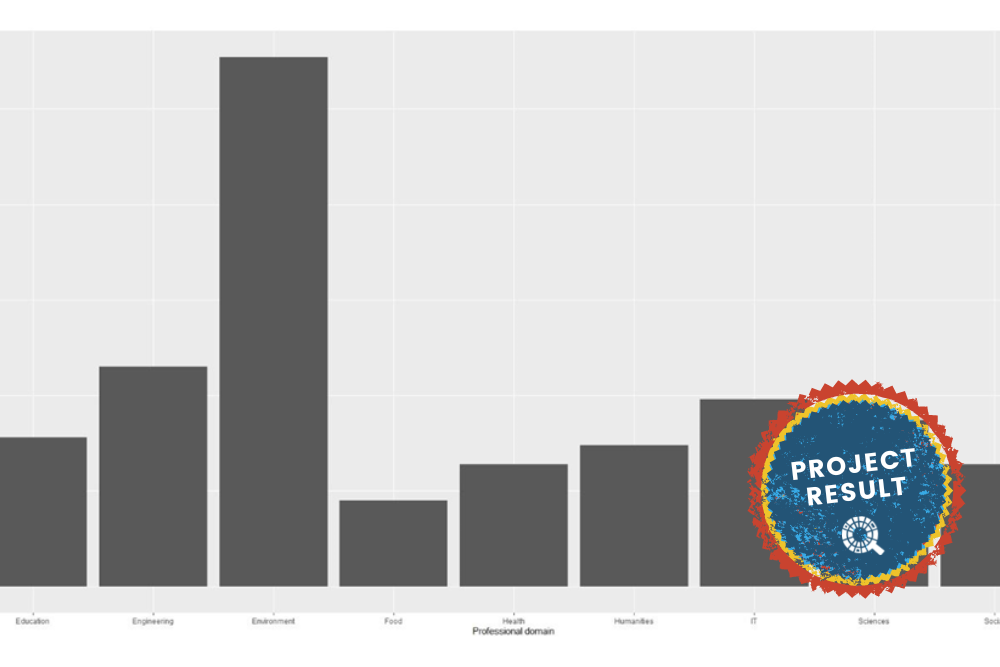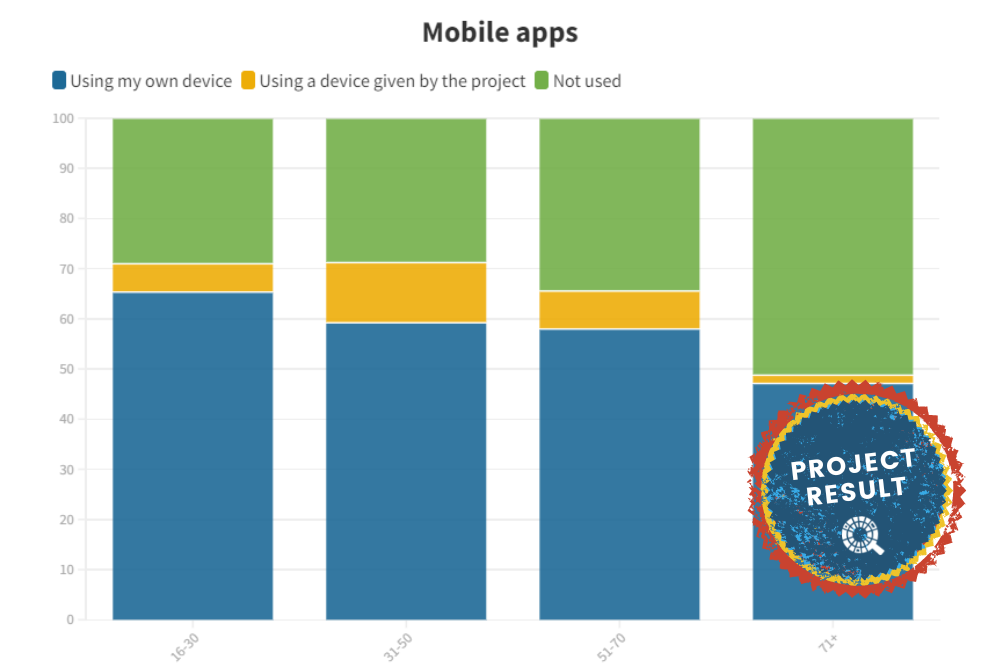The majority (58%) of Zooniverse projects is multi-disciplinary
Most of the projects cover between 1 and 5 research areas
Citizen science projects incorporate the perspectives of volunteers, practitioners, and scientists (among others) in different fields of science and applications. However, successful examples like “Galaxy Zoo” show that a narrow research orientation can help to streamline the crowd efforts and might lead to a higher scientific output. While examples like the Galaxy Zoo can be easily assigned to a single research area, other projects tend to have a multi-faceted or even multi-disciplinary orientation (e.g., the “Wild Mont-Blanc” project). In this work, we operationalised the question of multi-disciplinarity by assigning research areas to textual project descriptions based on computational text analytics. Thus, we identify a project as multi-disciplinary if it was assigned to more than one research area.
How to interpret this data
We analysed 218 project descriptions using text-analytics based on explicit semantic analysis [1]. The research areas are mapped using the web of science taxonomy. This consists of research categories with a certain number of research areas per category. Figure 1 shows the relative amount of multi-disciplinary projects. 58% of the projects have been assigned to more than one research area and thus count as multi-disciplinary. Figure 2 presents the concrete numbers of projects that have a certain number of research areas. That some projects have a high number of associated research areas is caused by unclear textual project descriptions, which include many specific terms that are bound to the associated research areas.
References
[1] Gabrilovich, E., & Markovitch, S. (2007, January). Computing semantic relatedness using wikipedia-based explicit semantic analysis. In IJcAI (Vol. 7, pp. 1606-1611).














